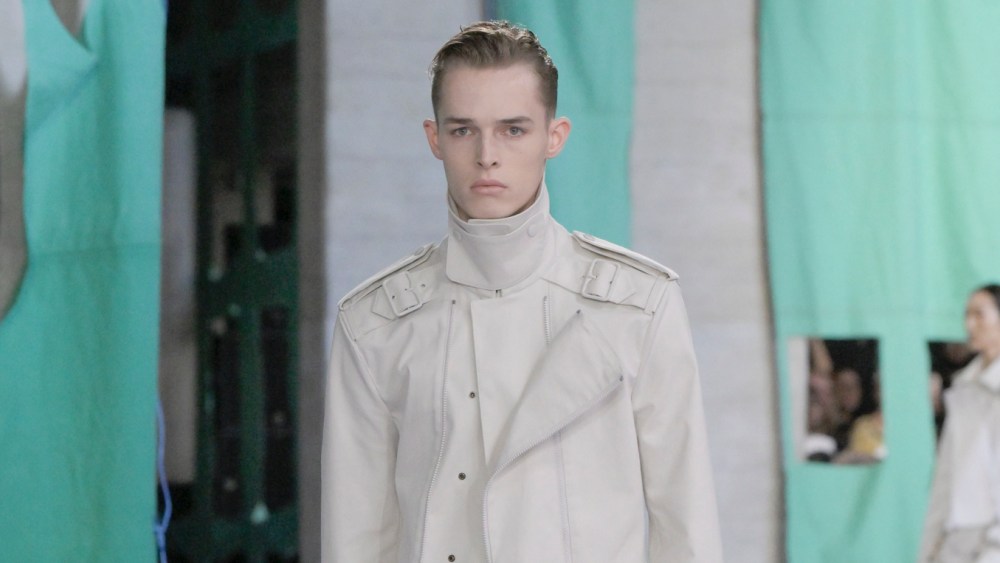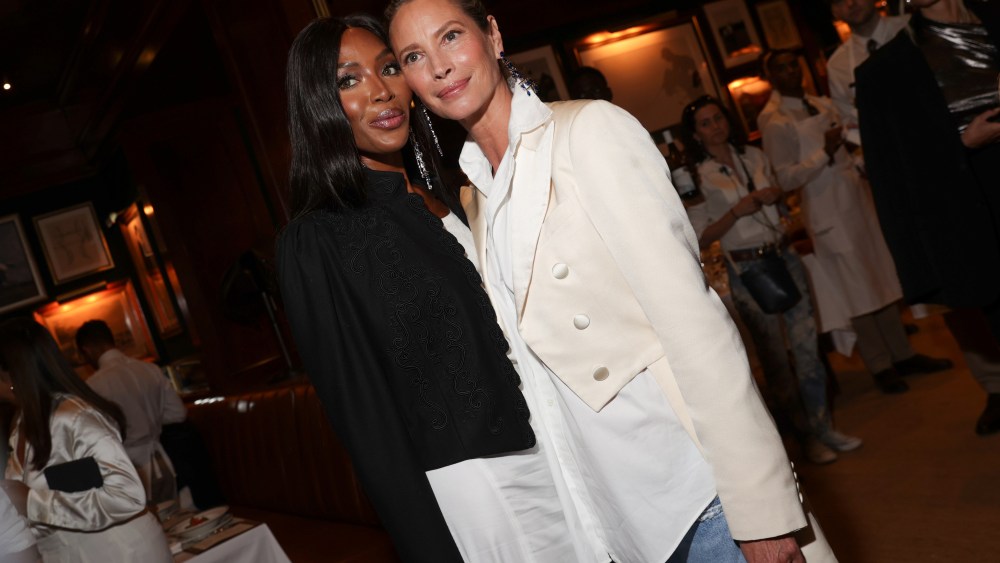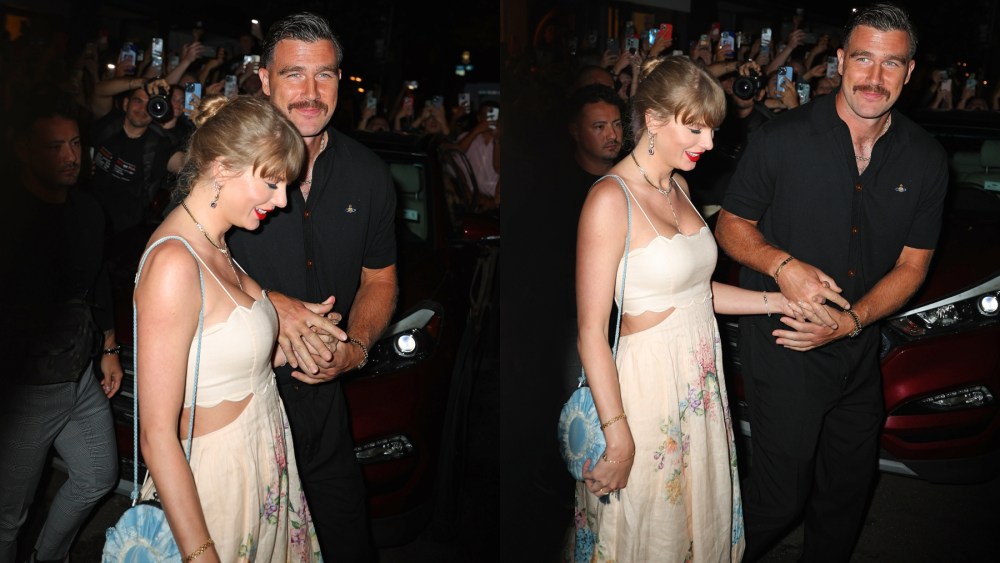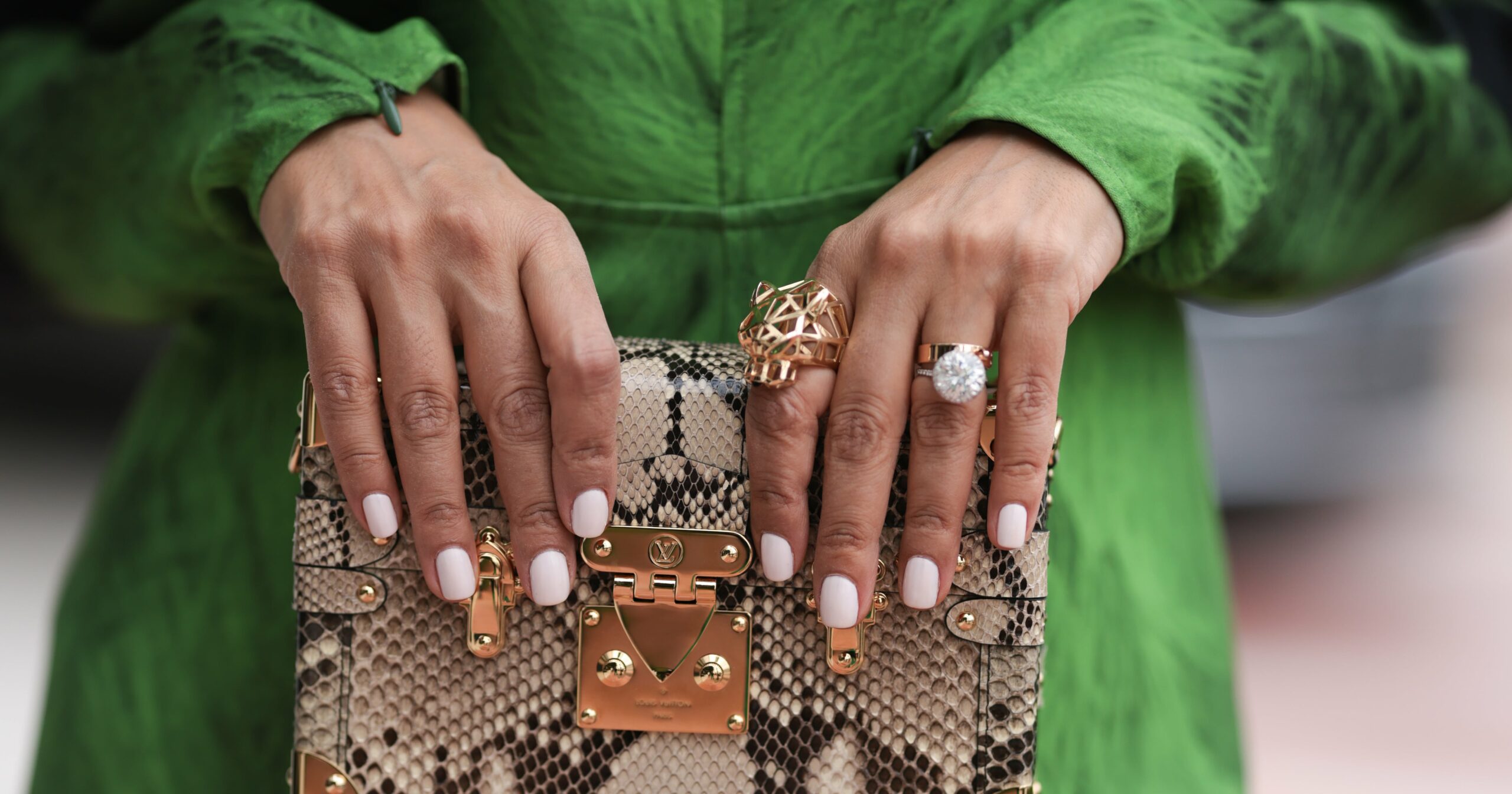Fashion’s wheel of fortune spins quickly, and no one knows that better than Daniel Lee. Seven months ago, he sent out his fall collection on a faux grass runway under a vast tent in Victoria Park, with Burberry’s then-chief executive officer Jonathan Akeroyd sitting in the front row, alongside a host of celebrity guests.
By July all that had changed.
The American retail veteran and brand builder Joshua Schulman succeeded Akeroyd in the Burberry C-suite, and is hoping to revive the fortunes of the brand, which has been struggling against a brutal backdrop for luxury goods and dealing with its own challenges around pricing and market positioning. The company has already warned it could make an operating loss in the first half of the current fiscal year.
You May Also Like
When he took the job, Schulman praised Lee’s talent and now, after two months of working together, the designer has expressed similar admiration. He’s embraced the abrupt change in leadership and acknowledges Burberry’s history of pairing British designers with U.S. retail executives.
“What I’ve really felt with Josh’s arrival is a sense of American optimism, which I think is really nice. I enjoy his drive, his positivity, and his way of communication. In its heyday Burberry enjoyed American CEO leadership together with a British designer, and hopefully that’s a great synergy that we can get that on board with,” said Lee, referring to his friend and fellow Yorkshireman Christopher Bailey, who worked with CEOs Rose Marie Bravo and Angela Ahrendts.
With Schulman in the top job, the designer is also ready to look at the collection through a more commercial lens.
“We want the runway shows to feel like a dream, but we also want the clothing to feel like a real proposition, too,” said Lee, adding that his conversations with Schulman have been about “how we can take that [dream] element and filter it through. We need to find smart ways to take the check, to take the new codes, and evolve them into something that’s relevant to the stores. I’m excited by that part of the job.”
Lee’s latest collection was just as thoughtful and sophisticated as fall 2024, but it was also more concise than ever, and had been carefully honed to focus on bankable looks for the red carpet and the shop floor.
The designer riffed on the signature trench, turning it into a little capelet with silky feathers at the neck, and tapped into the brand’s military heritage for deconstructed drummer boy jackets and cool safari suits.
He offset those snappy military silhouettes with long, fluttery dresses and skirts in taupe, tangerine, or smoky blue, and showered the collection with sequins. They came in aquamarine, black or silver for swingy, flapper-ish dresses, and copper for a slinky tank top paired with military trousers.
He also looked at color in a different way. “We were searching to bring more optimism, a sense of joy, lightness and summertime to Burberry, which isn’t typically a summertime brand. But the color still felt relevant. The muted tones still had the sense of the outdoors, of things that don’t feel too precious. You can wear them day to night. That’s what Burberry is for,” said Lee.
He took a similar approach to bags, which were unlined, lightweight and rooted in country pursuits. Lee said his favorite is shaped like a saddlebag, and feels “durable, daytime, something you’d wear outdoors.” There were also roomy hobo shapes and bucket bags with or without the Burberry check.
Lee said that in an effort to be concise, he wanted to show just a few shapes this season. There will surely be more to come. Lee made his name designing accessories for Bottega Veneta, while Schulman spent years managing companies including Michael Kors, Coach and Jimmy Choo.
Even the venue was an exercise in restraint. Those big, splashy shows in London’s parks, with trays of hot toddies and mugs of chocolate or tea on offer, are a thing of the past.
Monday’s venue, the ground floor of the National Theatre, was smaller, and there were fewer guests. The set, an installation by the British artist and sculptor Gary Hume, consisted of torn and sliced fabric sheets used to cover trucks — or lorries, as they say in these parts — strung across the building’s brutalist interiors.
Burberry is getting back to basics, although it’s too early to tell whether this latest Anglo-American double act, and the new, more commercial approach, will work. The talent is in place. Now it’s up to fortune to spin her wheel.



